All About Corn Snakes
Corn snakes are a species of rat snake found in North America. It is said that corn snakes had been noticed not long after the first settlers came to what is now the United States. Farmers observed those colorful reptiles hanging around the corn and small grain crops. Later, people realized that these snakes are not poisonous and can be quite helpful in maintaining a controlled population of mice and rats, as those rodents turned out to be their main source of food.
Characteristics
These reptiles are recognizable by their bright colors and a “V” shape on their heads. Quite often they are orange or dark yellow in color with red blotches and stripes on their back. A corn snakes belly is typically covered in black and white markings. They have a slender body that can measure anything from 2 – 5.97 ft. Corn snakes lack the heat-sensing pits. Typically, in the wild, corn snakes live around six to eight years, whereas in captivity they can live up to 23 years or more.
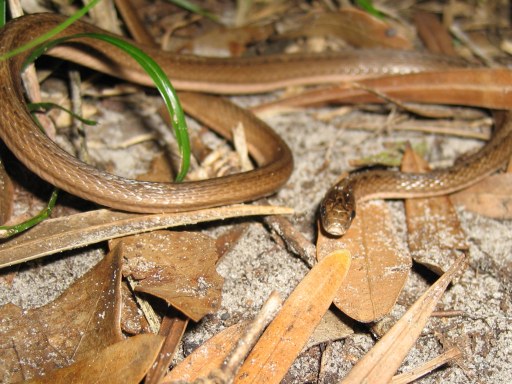
We can find corn snakes in habitats such as fields, trees, forest openings, or even abandoned buildings and farms. These reptiles can ascend elevated surfaces such as trees or cliffs. Corn snakes living in cold regions hibernate during winter, and in warmer climates, they shelter in logs and rock crevices during colder months.
Diet
Just like every other species of snake, corn snakes are carnivores and feed every few days in the wild. Their typical diet consists of small rodents such as the white-footed mouse, however, they can also feed on small reptiles and amphibians, or even climb trees to find bird eggs.
Behaviour
Just like every other American rat snake, the corn snake has venomous ancestors which lost their venom after evolving to constriction as a way of capturing their prey. This way of catching the victim means that the snake wraps its body around the prey and squeezes it until it dies from suffocation. Unfortunately, corn snakes are often killed as they resemble the copperhead snake, which is poisonous.
Corn snakes are diurnal reptiles, which means they are active during the day. After the search for food is done, they like to rest hidden in the underground burrows or on trees.
These reptiles don’t tend to bite unless annoyed – especially the young ones, and rather use the bite when establishing a grip on their prey.
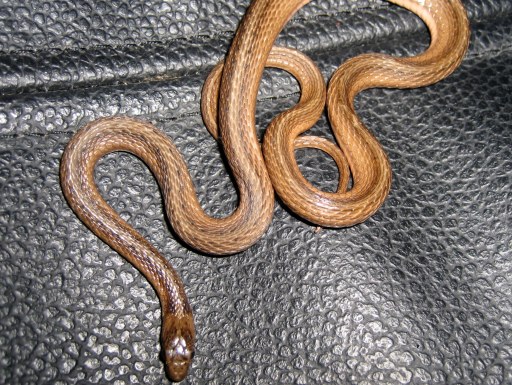
Their mating season usually takes place from March to May. Corn snakes do not care for their offspring – babies are around 10-15 inches long at birth and need to fend for themselves since day one. Typically, females lay 10 to 15 eggs in the nest and the hatchlings emerge outside after 60-65 days of the incubation period.
Corn Snakes As Pets
Corn snakes are very docile in nature, are reluctant to bite, and easy to care for, which makes them a desirable pet. They are actually one of the most popular types of snakes to keep as pets.
Select Your Animal

Raccoons
Raccoon Removal Information & How-To Tips
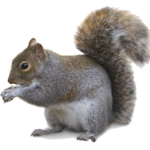
Squirrel
Squirrel Removal Information & How-To Tips
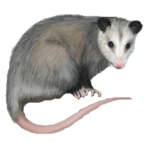
Opossum
Opossum Removal Information & How-To Tips
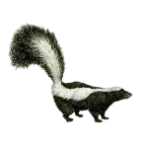
Skunks
Skunks Removal Information & How-To Tips
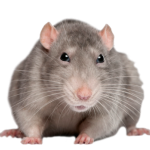
Rats
Rat Removal Information & How-To Tips
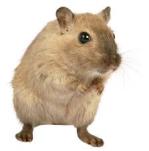
Mouse
Mouse Removal Information & How-To Tips
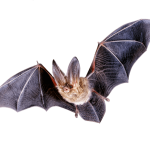
Bat
Bat Removal Information & How-To Tips

Bird
Bird Removal Information & How-To Tips
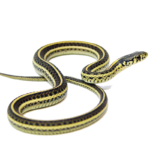
Snake
Snake Removal Information & How-To Tips
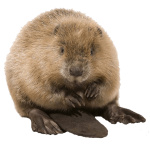
Beaver
Beaver Removal Information & How-To Tips
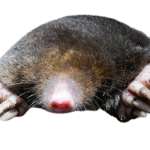
Mole
Mole Removal Information & How-To Tips
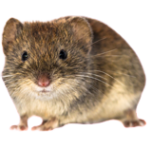
Vole
Vole Removal Information & How-To Tips

Gopher
Gopher Removal Information & How-To Tips
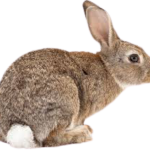
Rabbit
Rabbit Removal Information & How-To Tips
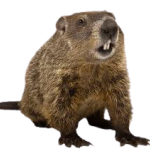
Woodchuck
Woodchuck Removal Information & How-To Tips
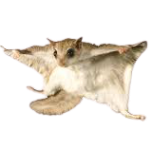
Flying Squirrel
Flying Squirrel Removal Information & How-To Tips
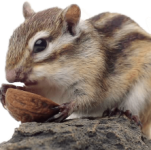
Chipmunk
Chipmunk Removal Information & How-To Tips
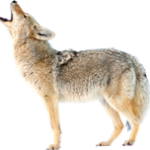
Coyote
Coyote Removal Information & How-To Tips

Fox
Fox Removal Information & How-To Tips
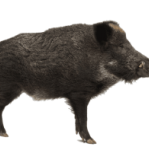
Wild Hog
Wild Hog Removal Information & How-To Tips
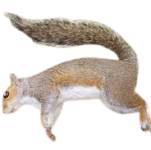
Dead Animal
Dead Animal Removal Information & How-To Tips